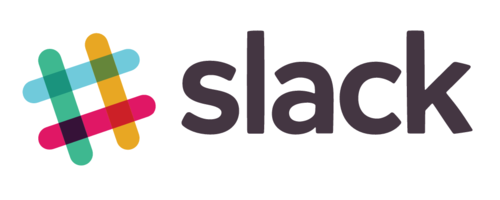
You may have heard of Slack, perhaps mentioned on social media, but unless you’re a technical librarian, you’re probably not using it. Yet. There currently are just a few librarian communities on Slack but it seems to be a welcome alternative to social media groups for the technical savvy librarians.
Slack was created to allow private teams to collaborate. So you won’t find an index or search engine on the Slack website to find teams. However, many coder communities have sprung up which are more open in nature. You can use third-party sites to find them. We will maintain a list of them as they are created.
- An Incomplete List of Communities on Slack – On Medium.
- Chit Chats – “A place to discover and join private Slack groups”.
- Slack List – “A handpicked selection of top Slack communities”.
With all Slack sites, you’ll need to request access.
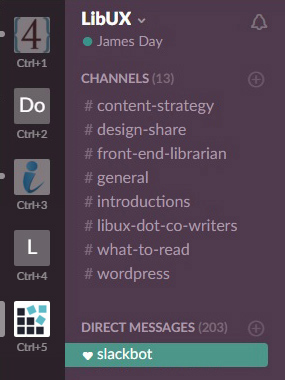 Slack team sites are divided into custom channels. Channels are topic threads. Each site comes with a #general and a #random channel by default.
Slack team sites are divided into custom channels. Channels are topic threads. Each site comes with a #general and a #random channel by default.
In addition to normal textual messages, you can drag-and-drop in files, documents, spreadsheets, PDFs, and links. You can react to others and set notifications.
Of course, Slack allows you to search the entire archives.
Slack also allows members to chat via direct messages.
The free version of Slack allows for unlimited members but a limit of 10,000 messages (with older ones disappearing from view and search).
Get the Slack app for Android and Apple devices.
Library Communities
code4lib
Even though code4lib has its own website with IRC and a wiki, much daily conversation takes place in its Slack site. code4lib has over 500 users and 24 channels including the code4lib IRC channel.
code4lib can be found at code4lib.slack.com.
Request access at goo.gl/forms/p9Ayz93DgG.
Datalibrarians of Florida
As you can tell by the name, this Slack community is aimed at technical librarians in Florida.
Datalibrarians of Florida can be found at fladatalibs.slack.com.
Request access in the Florida Databrarians Facebook group.
LibApps
The LibApps Slack site was started recently as an alternative to the official Springshare Lounge. It has over 150 members and 16 channels covering all Springshare apps and more.
LibApps can be found at libapps.slack.com.
Request access in the “Slack Team for LibApps” thread in the Under the Hood group in the Springshare Lounge.
LibTech
The LibTech Slack site is brand new! It is less technical than code4lib and broader than LibUX, covering all library technology topics. If you want to learn what Slack is about, come join this group as a founding member. Help us reach critical mass and suggest some appropriate channels.
LibTech can be found at librarytech.slack.com.
Request access at erau.libsurveys.com/LibTech.
LibUX
The LibUX site is perhaps the most active of the library Slack communities with over 200 members discussing library user experience topics in 13 channels.
LibUX can be found at libraryux.slack.com.
Request access at libux.herokuapp.com.
Check for new additions on our Social Media Resources for Librarians page.


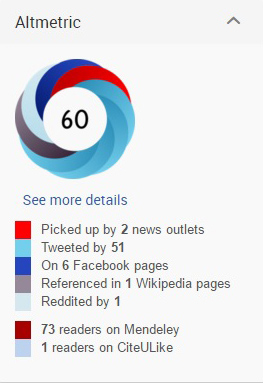 In October 2015, ProQuest announced the addition of Altmetric badges to
In October 2015, ProQuest announced the addition of Altmetric badges to 

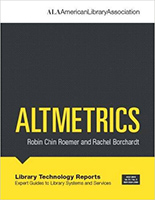 This title is actually an issue of Library Technology Reports from ALA Tech Source. The report “outlines both the promises and major obstacles faced by the field of altmetrics” as well as covers the librarian’s role in providing education and support of altmetrics. Published in 2015.
This title is actually an issue of Library Technology Reports from ALA Tech Source. The report “outlines both the promises and major obstacles faced by the field of altmetrics” as well as covers the librarian’s role in providing education and support of altmetrics. Published in 2015. This forthcoming book gives an overview and the theory behind altmetrics. It looks at the ways libraries can utilize altmetrics and educate researchers. To be published in June 2016.
This forthcoming book gives an overview and the theory behind altmetrics. It looks at the ways libraries can utilize altmetrics and educate researchers. To be published in June 2016.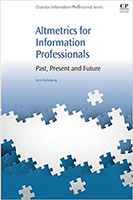 This scholarly book looks at key altmetrics research innovations. It presents the data sources used. Finally, it looks to the future to determine alternative metric trends. Published in 2015.
This scholarly book looks at key altmetrics research innovations. It presents the data sources used. Finally, it looks to the future to determine alternative metric trends. Published in 2015.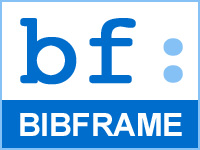


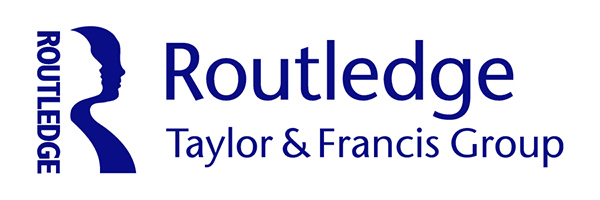
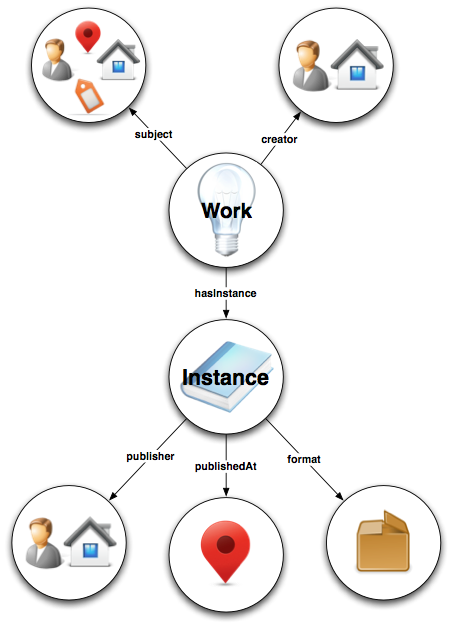
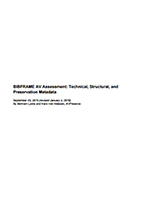 This paper, undertaken on behalf of the Library of Congress, investigates how metadata of audiovisual material can be best handled using BIBFRAME. Sections cover preservation, structural, and technical metadata. Appendices give examples of video, audio, and film examples. Published in 2015, revised January 4, 2016.
This paper, undertaken on behalf of the Library of Congress, investigates how metadata of audiovisual material can be best handled using BIBFRAME. Sections cover preservation, structural, and technical metadata. Appendices give examples of video, audio, and film examples. Published in 2015, revised January 4, 2016.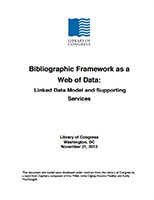 Straight from the source, this paper is an early look into the BIBFRAME model to introduce the subject and begin discussion. It covers the four classes (Creative Work, Instance, Authority, and Annotation) and vocabulary. The papers covers related initiatives such as OCLC’s WorldCat, Schema.org, RDA, and FRBR. Published in 2012.
Straight from the source, this paper is an early look into the BIBFRAME model to introduce the subject and begin discussion. It covers the four classes (Creative Work, Instance, Authority, and Annotation) and vocabulary. The papers covers related initiatives such as OCLC’s WorldCat, Schema.org, RDA, and FRBR. Published in 2012.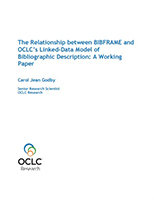 “This document describes a proposed alignment between BIBFRAME and a model being explored by OCLC with extensions proposed by the Schema Bib Extend project, a W3C-sponsored community group tasked with enhancing Schema.org to the description of library resources.” The paper also covers FRBR and gives examples of BIBFRAME in Turtle and RDF/XML syntax. Published in 2013.
“This document describes a proposed alignment between BIBFRAME and a model being explored by OCLC with extensions proposed by the Schema Bib Extend project, a W3C-sponsored community group tasked with enhancing Schema.org to the description of library resources.” The paper also covers FRBR and gives examples of BIBFRAME in Turtle and RDF/XML syntax. Published in 2013.